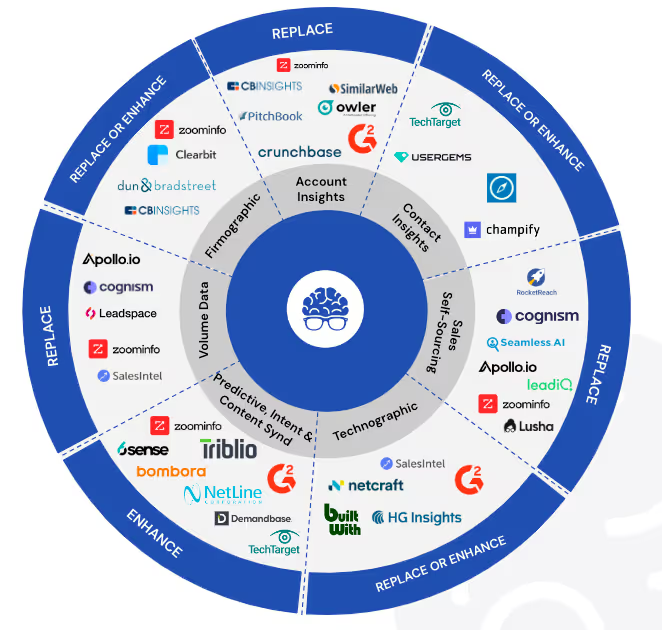This week has been brutal for software stocks. Salesforce, a bellwether in the SaaS industry, saw its stock plummet by 20%. MongoDB dropped by 25%, Workday by 15%, UiPath by a staggering 34%, and ServiceNow by 12%. This sharp decline is not the result of an external economic shock but reflects growing investor concerns about the future of the software industry.
The Real Issue: Market Maturation
Many pundits are quick to attribute these drops to AI disruption, suggesting that buyers are hesitant to commit to new software investments while they assess AI's impact. However, the reality is much more straightforward: the software industry is maturing. Over the last 15 years, we've seen massive growth in software adoption, with a significant acceleration during the COVID-19 pandemic. Now, the market is reaching saturation.
The AI argument often parroted by analysts and executives is a convenient narrative. It's easier to blame uncertainty around AI than to admit that demand is simply waning because the market is saturated. The truth is, the boom times of endless software adoption are behind us, and companies are now grappling with the consequences of having already reached most potential customers.
Salesforce: A Case in Point
Salesforce's recent 21% stock drop following a missed earnings report—the first since 2006—highlights this trend. During years of low interest rates, Salesforce and similar companies expanded aggressively. They saturated the CRM market, maximized account penetration, and scaled their GTM teams. Now, with high interest rates, customers are scrutinizing their software expenditures more closely. Many are realizing that a significant number of Salesforce licenses are underutilized or unnecessary.
CFOs are increasingly involved in renewal discussions, demanding substantial discounts. Research indicates that 33% of all SaaS spending is wasted, and this inefficiency will likely be corrected in the coming quarters. For Salesforce and other SaaS giants, the days of easy growth are over.
Strategies for Survival
To navigate this challenging landscape, enterprise GTM teams need to adapt. Here are six strategies to consider:
- Lower Prices: SaaS prices have been rising by 18% annually. Given the current economic pressures, lowering prices proactively can help retain customers, especially at the high end of the market.
- Expand into the Low End of the Market: Large enterprise brands can leverage their equity to dominate the lower end of the market, consolidating smaller deals from a broad base of customers.
- Adjust Sales Quotas: Many sales quotas have become unrealistic. It's essential to set achievable targets to maintain morale and efficiency.
- Optimize Expenses: With significant growth in GTM teams and processes, now is the time to streamline operations and focus on profitability.
- Seek Growth in APAC: While the US and EMEA markets may be saturated, APAC offers high growth potential due to its lag in software adoption. For Salesforce, APAC is expected to contribute significantly to future growth.
- Adopt Consumption-Based Pricing: Offering usage-based pricing can attract cost-conscious customers and drive growth by aligning costs with actual usage.
The Importance of SMB Data
As the adoption curve slows and markets mature, the focus will shift towards smaller deals with smaller businesses. This is where new market entrants like HubSpot have an advantage. By building bottom-up solutions, they cater to the needs of SMBs, which represent a vast, under-tapped market.
For established SaaS companies, the potential lies at the bottom of the market. SMBs offer millions of new customers, and detailed SMB data will become crucial in identifying and targeting these opportunities. Companies that can leverage bespoke data and insights to understand the needs and behaviors of SMBs will be better positioned to capture this market.
Parting Thoughts
The economic pressures on the software industry are most acute at the top. Companies that adapt by lowering prices, optimizing expenses, and exploring new markets will be better positioned to survive. The winners of the next economic cycle will be those who can deliver value at a lower unit price and align with macroeconomic shifts.
The time for change is now. With high interest rates and market saturation, the software industry must evolve. Embracing these strategies and focusing on the SMB market will be crucial for sustained growth and success in the coming years.




